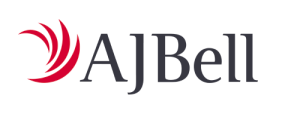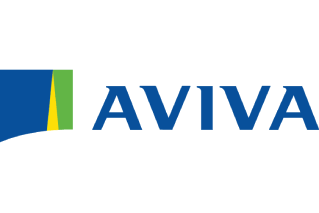Global markets registered strong returns in July as the US made agreements with several key trading partners that were received favourably, and early second-quarter earnings reports delivered strong beats against expectations. The ‘US exceptionalism’ theme that had begun to wane in recent months returned. Indeed, the tech-heavy Nasdaq index was up by 7.6% in sterling terms, although this was partly aided by a strong return for the US dollar, which appreciated by 4.0% relative to sterling.
Regional equity markets posted broad gains, led by the US (5.9%), with the UK (4.3%), Japan (2.4%) and Europe (1.2%) also delivering positive returns during the month. Emerging markets (5.5%) also saw strong performance over the month, led by major markets Taiwan (9.3%) and China (8.8%), which were themselves led by gains in local technology companies.
Macroeconomic indicators generally showed broad strength during the month, with July’s flash PMIs signalling expansion across the US, Eurozone, UK and Japan. The US Administration’s “One Big Beautiful Bill” was passed but is forecast to leave the US federal deficit at an elevated level. This impacted US Treasuries as 10-year yields climbed during the month to end the period at 4.37%. Concerns over additional fiscal stimulus also emerged in Japan amidst the upper-house election that saw the ruling coalition narrowly lose its majority. 10-year Japanese government bond yields reached their highest levels since 2008 during the month at 1.60% before falling back slightly at the end of the month. The US Federal Reserve maintained rates for the fifth consecutive meeting in July and continue to emphasise their data-dependant approach to future policy action. Eurozone core inflation came in at 2.3% in July, according to data from Eurostat. The European Central Bank held rates at its July meeting and signalled that the 2.0% policy rate may mark the end of this easing cycle.
The overweight position in Nvidia (16.6%) was the top contributor to excess returns in the Trust. Despite ongoing tariff uncertainty, Nvidia was boosted by reports that they will resume sales of select AI chips to China, which helped to propel the company to be the first with a market capitalisation above $4 trillion. The overweight position in AES (29.4%) was also a positive contributor. This US energy firm has significant renewable assets and was reported to be considering a sale to private infrastructure investors. The overweight position in US health insurer Centene (-50.3%) detracted from performance. Centene’s shares declined following the company’s withdrawal of its own profit outlook, resulting from the unexpected impacts of recent changes to US healthcare legislation. Outside of our equity holdings, our private-equity exposure detracted from relative returns on the month. Despite a modest gain from our holdings there, this part of the portfolio materially lagged returns from listed markets.
We ended the month at a discount of 6.6%, narrowing from 8.8% in June. Net gearing continued to be conservative at 4.6% (with debt at fair value) at month-end.
As at 31 July 2025










